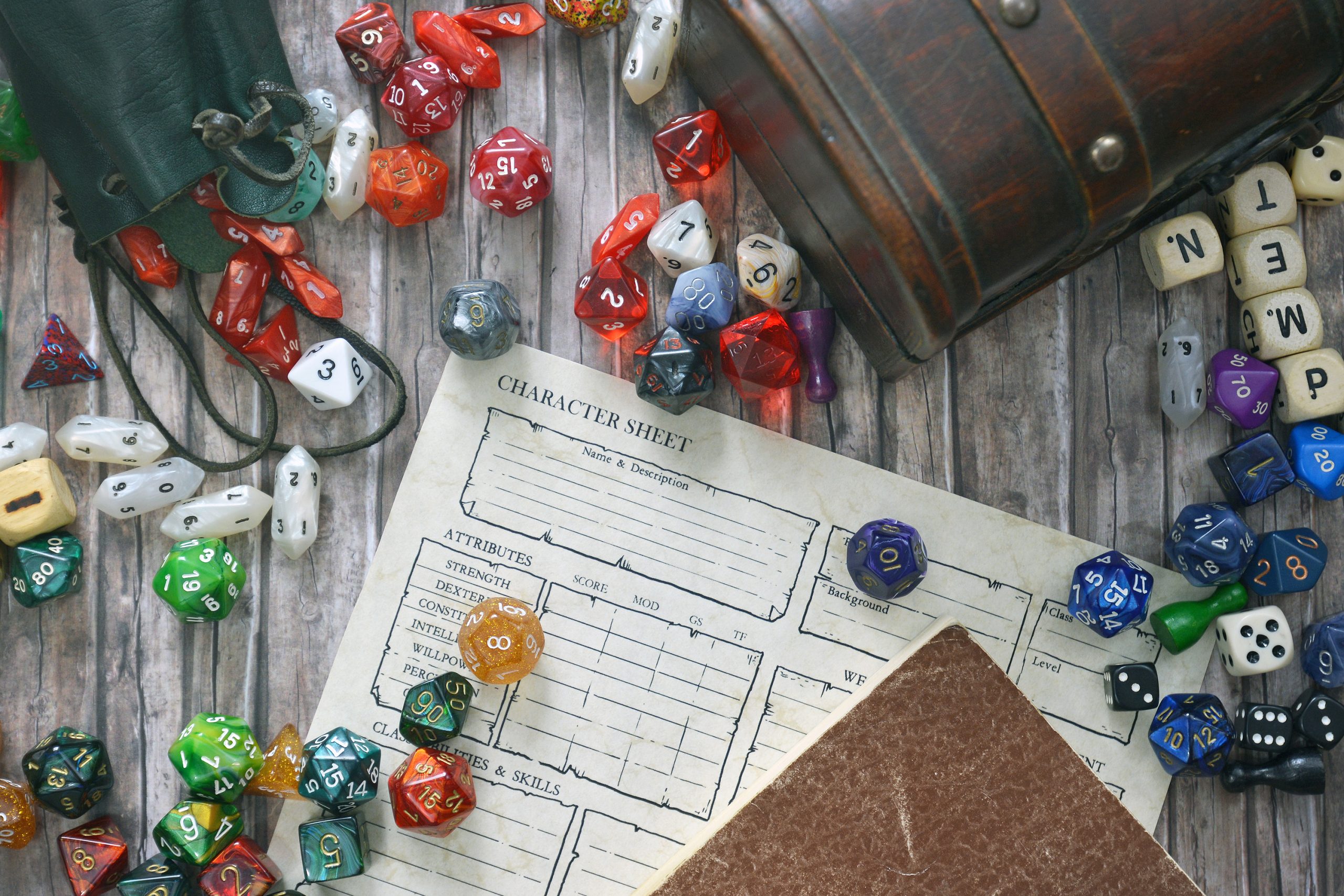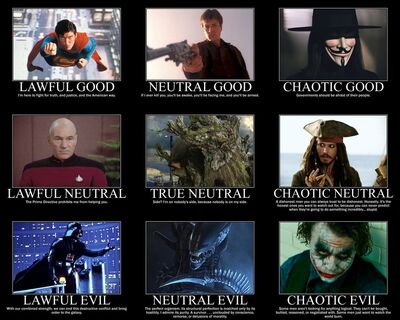Meg DeForest is a former Community Librarian at EPL.
As we all have been finding different ways to connect and even before that there has been a resurgence in interest in Dungeons & Dragons. It’s not just a game from the 80’s or Stranger Things but it’s a modern game that can be played in many different ways in person with your family and across the world online. There's never been an easier time to get started.
How Do You Play?
Well the only things you absolutely need are a group of people who want to play a game together.
So once you have that you start by figuring out who will be your Game Master or Dungeon Master (DM). This person will plan the adventure you will all be going on. It doesn’t mean you are playing against each other. D&D is a cooperative game and your team of adventures is working with the Dungeon Master to play a narrative game. Your DM will set up challenges and storylines for you to explore but the adventurers actually control the action of the story with what the choose to explore and how they choose to deal with the challenges they are coming up against.
Once you have your DM the rest of your group will need to create your characters while the DM has to create or find an adventure to use. There are lots of books of premade adventures and online resources you can use.
As I said you can play entirely in person, I learned this game playing on a piece of paper in person with physical dice and lots of shared snack foods! But these days there are many online resources that can help you both in character creation and in running sessions of your game.
D&D Beyond is a great resource for creating characters, finding magic items or villains & monsters to fight against.
Roll20 Allows the DM to create online maps that you can move your character’s across and has a chat function where you can roll digital dice, or chat to your team or even send each other secret messages.
Whichever of these you use you will probably also want to use a video platform so that you can see each others faces as you play. Anything from Zoom to Facebook Messenger or Skype will work for this it just depends on your comfort level with each system.
In fact some games will use video as their only technology and will have the rest of the game on paper, with paper character sheets and hand drawn maps and figurines. These can be anything from fancy hand painted figurines, to Lego Mini Figs or even Sorry Game Tokens! Whatever you have on hand will work.
To create your character you make some decisions that are basically the answers to a series of questions.
- Who are you?
- What can you do?
- What are you good at?
- What is your background?
- What do you have with you?
Who are you? Is answered by your race, are you an Elf? A Dwarf or a Human? Each have different strengths and weaknesses that can help or make things harder for you.
What can you do? This is your class are you a fighter who is strong and swings a sword? A bard who sings songs to inspire your team? Or do you use spells to fight or heal? Your character class outlines the skills you will have and gain as you get more experience.
What are you good at? These are your ability scores. If you are going to be a good fighter you will want to be strong. There are 6 abilities that describe what you are good at. Strength, Intelligence, Dexterity, Charisma, Constitution & Wisdom. The number you have for these scores will determine how easy it is for you to succeed at things that you try to do in your game. Are you trying to walk across a treacherous bridge? Well are you dexterous enough to keep your balance? If you aren’t maybe you are strong enough to catch yourself when you fall and pull yourself up again, or maybe you were wise enough to know the bridge wouldn’t hold your weight in the first place! There are many different ways to determine these abilities the most popular is similar to a video game where you have a certain number of points and you allocate them to each ability in the way you think is best. But my favourite is to roll for them!
What is your background? So you know that you are a Halfing Fighter but what has happened in your life to have you take up adventuring instead of staying home in the Shire? Well maybe you’re a Folk Hero and having save your village you know are going out in the world to help the downtrodden like Robin Hood. Or maybe you’re a charlatan and you need to move on because everyone knows your magic tricks at home and you need a new audience to fleece.
Your background will give you special skills and will help to determine the goals and flaws of your character. This can help you when you are playing the game because you will have a better idea of what your character will want to do. Do they want to help the villagers who are being forced to pay protection money to the local gang of robbers? Or is their goal to steal the treasure for the robbers for themselves? Your background and your alignment help to inform how you respond to the challenges your DM sets in front of you.
Your alignment is are you a good, neutral or evil person and beyond that are you someone who follows the rules strictly (Lawful Good or Evil) or one who is chaotic and does whatever strikes you in the moment as the right thing to or neutral and you are more interested in what benefits yourself.
For a better idea of each of the alignments you can use this chart:
However you decide to play D&D is a great game with infinite possibilities. The interaction between your characters and your DM’s adventure will mean that each adventure can be played entirely differently by a different group of people. Do you fight the dragon, trick it into eating your enemies or maybe you distract it by performing a play? None of these are the wrong answer and any of them might work depending on your skill and storytelling ability so get out there and adventure!
And if you want to see some examples of adventures to see how the game can work you can check out Critical Role .
Happy Adventuring!




Add a comment to: Dungeons & Dragons: Let the Adventure Begin!